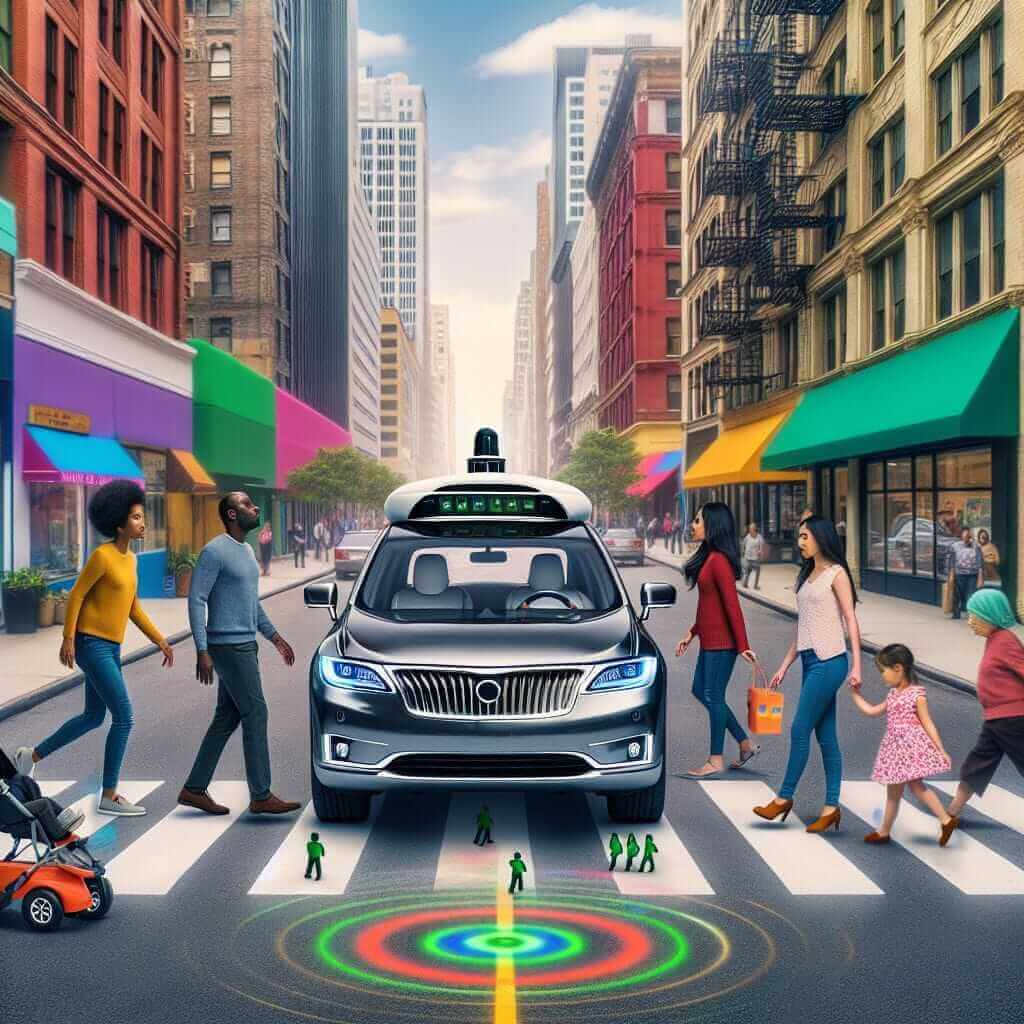The IELTS Reading module is a crucial part of the IELTS examination, testing your ability to comprehend and interpret written texts. One of the trending topics in society and likely one appearing in the IELTS Reading segment is the regulation of autonomous vehicles. This area poses multiple challenges, both technologically and legislatively, making it a frequent subject in both media and academia. This article will explore these challenges while offering a complete IELTS-like reading passage, questions, and vocabulary glossary to help you practice effectively.
Main Content
Sample Reading Passage: The Challenges of Regulating Autonomous Vehicles
Difficulty Level: Medium Text
Autonomous vehicles, commonly referred to as self-driving cars, are rapidly becoming a prominent aspect of modern transportation. While the benefits of such technology are considerable—including reduced traffic congestion, decreased accident rates, and increased mobility for people with disabilities—numerous challenges complicate the regulation of these vehicles.
Firstly, the ambiguity in legal responsibility presents a monumental challenge. In traditional vehicles, responsibility for accidents typically lies with the driver; however, in self-driving cars, the technology assumes much of the control. Determining liability—whether it falls on the manufacturer, software developer, or perhaps even the owner—poses a complex legal dilemma.
Furthermore, ethical considerations are another significant obstacle. For instance, in a situation where an accident is unavoidable, how should the car’s algorithm prioritize lives? Should it protect the passengers at all costs, or should it minimize overall harm?

Beyond ethical and legal challenges, there are also substantial technical issues. Autonomous vehicles depend heavily on a plethora of sensors, and these sensors must operate flawlessly in a variety of environments and conditions. Adverse weather, poor road conditions, or even hacking attempts can impede the vehicle’s functionality, creating potential safety hazards.
Lastly, public perception and trust are critical for the widespread adoption of self-driving technology. Incidents involving autonomous vehicles have garnered significant media attention, often focusing on failures and accidents rather than successes. As a result, public skepticism remains a formidable barrier, requiring ongoing education and transparent reporting from developers and regulators.
In conclusion, while the promise of autonomous vehicles is compelling, advancing their regulation requires addressing a complex web of legal, ethical, technical, and societal challenges. Meeting these challenges is essential for the safe and effective integration of these vehicles into our daily lives.
Practice Questions
Multiple Choice
-
What is the main challenge discussed regarding the legal responsibilities of autonomous vehicles?
A) The high cost of technology
B) Determining liability in accidents
C) Public trust in the technology
D) Ethical implications -
In terms of ethical considerations, what dilemma is mentioned?
A) How to reduce manufacturing costs
B) The necessity of extensive sensor networks
C) Prioritizing lives in unavoidable accidents
D) Maintaining software updates
True/False/Not Given
- The passage states that self-driving cars will completely eliminate traffic congestion. (True/False/Not Given)
- The text mentions that weather conditions can be a challenge for autonomous vehicles. (True/False/Not Given)
Summary Completion
Fill in the blanks with words from the text:
Autonomous vehicles use a variety of to navigate different environments and conditions. However, adverse weather can the vehicle’s functionality, creating potential _____ hazards.
Answer Key and Explanations
- B (Determining liability in accidents): This is mentioned as a main challenge because responsibility usually lies with the driver in traditional vehicles.
- C (Prioritizing lives in unavoidable accidents): This is the ethical dilemma highlighted in the text.
- False: The passage does not claim that self-driving cars will completely eliminate traffic congestion.
- True: The text clearly states that adverse weather conditions can impede the vehicle’s functionality.
Summary Completion:
- Sensors
- Impede
- Safety
Common Mistakes and Tips
- Misinterpreting Questions: Often, test-takers misread questions or interpret them incorrectly. Always refer back to the passage to confirm your answers.
- Vocabulary Confusion: Ensure you understand the exact meaning of words and their context within the passage.
- Time Management: Practice under timed conditions to manage the actual exam time effectively.
Vocabulary for Practice
- Autonomous (adjective) [ɑːˈtɑːnəməs]: Acting independently or having the freedom to do so.
- Liability (noun) [ˌlaɪəˈbɪlɪti]: The state of being responsible for something, especially by law.
- Algorithm (noun) [ˈælgərɪðəm]: A process or set of rules to be followed in problem-solving operations.
- Sensor (noun) [ˈsɛnsər]: A device that detects or measures physical properties and records, indicates, or otherwise responds to information.
Grammatical Points
- Conditionals:
- E.g., “If an accident is unavoidable, how should the car’s algorithm prioritize lives?”
- Complex Sentences:
- E.g., “While the benefits of such technology are considerable, numerous challenges complicate the regulation of these vehicles.”
Expert Advice
- Read Extensively: Increase your exposure to various texts, particularly those on current issues like technology, science, and law.
- Practice Variety: Engage with different types of questions and texts to build versatility.
- Stay Updated: Keep informed about emerging topics as they can often feature in the exam.
By resolving these regulatory challenges through legal clarity, technological robustness, and public trust, the journey towards autonomous vehicles can be both safer and more efficient. Keep practicing and ensure you understand the core themes to enhance your reading skills for the IELTS exam.